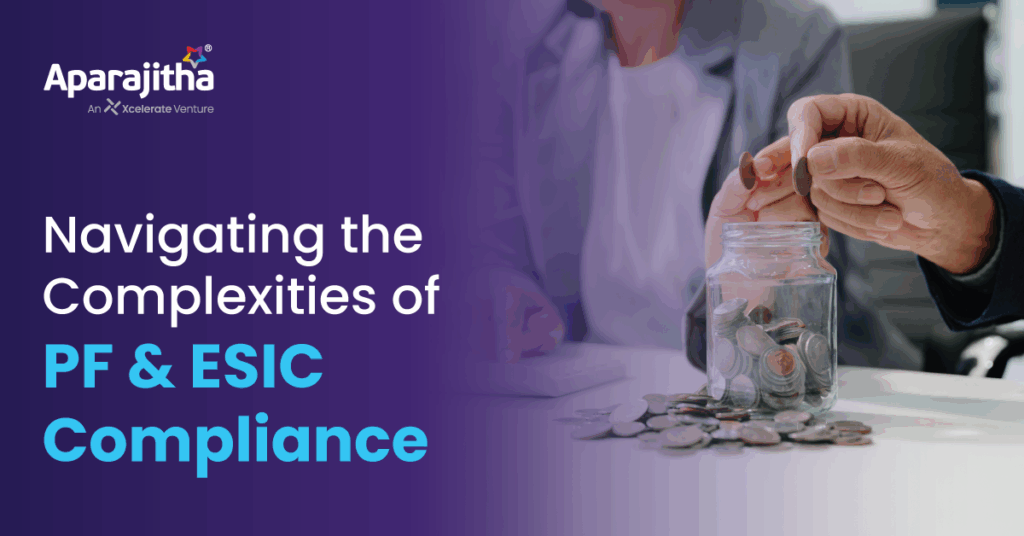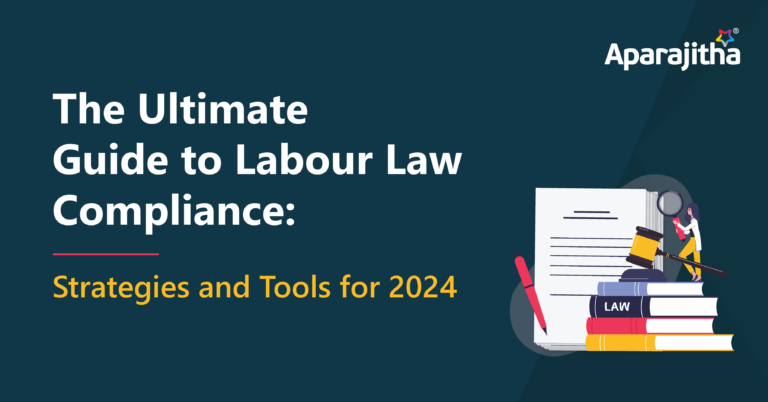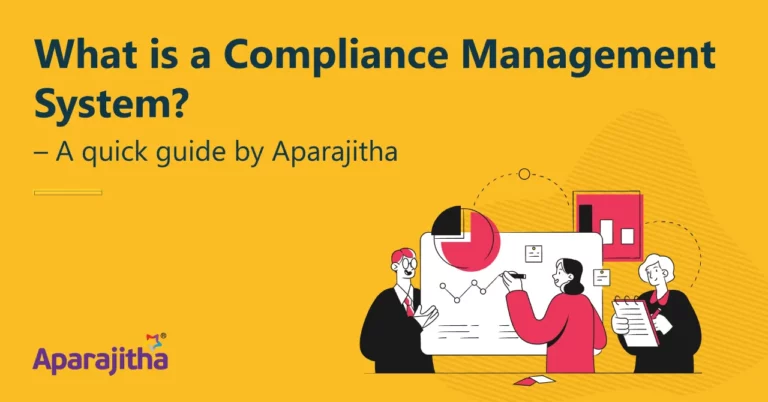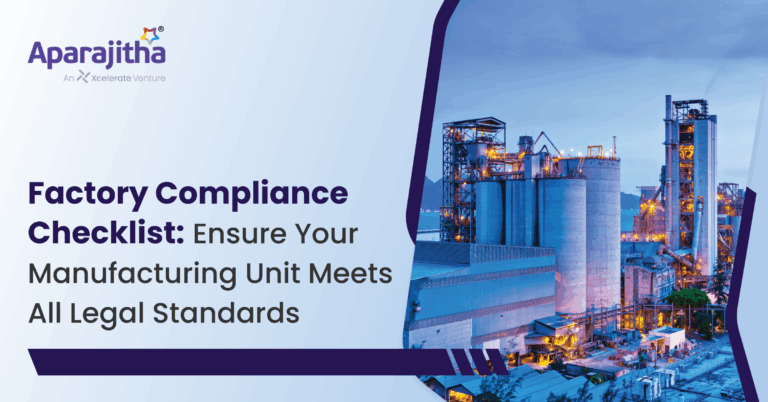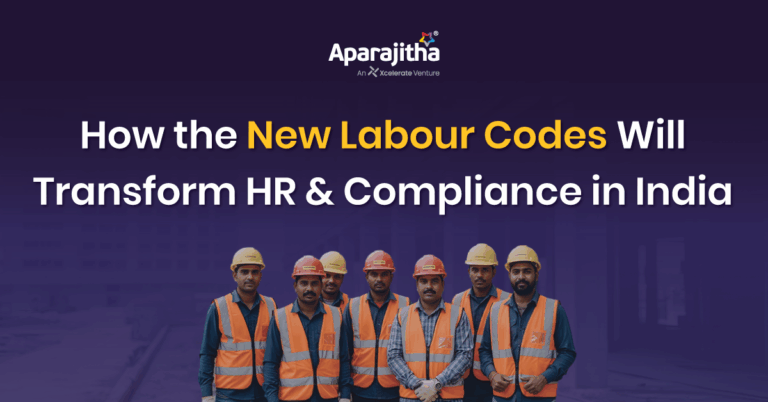Payroll compliance management is one of the most critical yet challenging aspects of running any business. Whether you are a small startup or a large enterprise, navigating statutory obligations like PF compliance and ESIC compliance can be daunting. Frequent regulatory changes, complex calculations, and strict filing deadlines often create significant pressure for employers. Even minor errors can lead to penalties, delayed employee benefits, or compliance gaps. This is why many organisations seek expert support and adopt smart compliance solutions to simplify processes and ensure accuracy..
In this blog, we’ll explore how businesses can simplify compliance with PF and ESIC, and adopt effective practices to create a seamless payroll compliance management system.
The Importance of Payroll Compliance
Payroll compliance is about ensuring that a company’s payroll practices meet all statutory requirements. In India, two of the most significant regulations are:
- Provident Fund (PF) Compliance
The Employees’ Provident Fund (EPF) is a retirement benefit scheme where the employee contributes a portion of their salary, and the employer makes a matching contribution to the employee’s PF account to help build long-term savings. Proper PF compliance requires timely deductions, remittances, and filings with the Employees’ Provident Fund Organisation (EPFO). Non-compliance can result in fines, legal action, and employee dissatisfaction. - Employees’ State Insurance (ESIC) Compliance
The ESIC scheme provides medical and financial benefits to employees earning below a certain salary threshold. Employers are responsible for deducting the employee’s contribution and adding their own prescribed share before submitting the total to the ESIC authority. Failure in ESIC compliance can disrupt employee benefits and attract penalties.
Together, PF and ESIC represent a significant portion of statutory obligations. Simplifying these processes is key to efficient payroll compliance management.
Challenges in PF and ESIC Compliance
Despite their importance, many businesses struggle with PF and ESIC obligations due to:
- Frequent regulatory updates: Rules around compliance processes, minimum wages, and deadlines can change.
- Complex calculations: Determining eligible wages, applicable percentages, and exemptions is not always straightforward.
- Manual errors: Relying on spreadsheets increases the risk of mistakes in deductions and filings.
- Data management: Maintaining employee records, UAN numbers, and ESIC numbers requires accuracy and security.
For HR and payroll teams, these challenges often lead to unnecessary stress and risk. The solution lies in modernising payroll compliance practices through automation and smart tools.
How Digital Solutions Simplify Compliance
Technology has transformed how organisations manage payroll. Modern compliance management tools are designed to simplify statutory compliance, particularly with PF and ESIC, by offering features such as:
- Automated Calculations with Validation: Modern compliance solutions not only automate PF and ESIC contribution calculations as per the latest rules but also validate the data to prevent errors. They can flag issues such as incorrect wage inputs, duplicate UANs, or mismatched employee details, ensuring filings are accurate and compliant.
- Regulatory Updates
Many tools are integrated with regular updates to ensure compliance with the latest laws. - Accurate Record-Keeping
Employee details such as UAN, Aadhaar, and ESIC registration numbers are stored securely, ensuring smooth filing processes. - Digitised Compliance Processes
Payroll compliance solutions often support seamless filing with EPFO and ESIC portals, saving time and effort for HR teams. - Employee Helpdesk and Transparency
Along with giving employees access to payslips and contribution details, a helpdesk—either managed internally or through a compliance partner—can address PF/ESIC queries. Quick resolution & support on employee benefits including advance, settlement & transfers builds trust and keeps employees better informed.
By investing in the right payroll system, companies not only reduce compliance risks but also save time and improve efficiency.
Best Practices for Payroll Compliance
Even with advanced payroll compliance management tools, organisations must follow best practices to ensure compliance remains smooth and hassle-free:
1. Ensure Timely Remittances and Filings
Beyond staying updated on regulations, employers must focus on remitting PF and ESIC contributions within due dates and filing returns on time. Delays can lead to penalties, while digital tools help track deadlines and maintain compliance.
2. Validate Employee Records and Contributions
Accurate PF/ESI compliance depends on proper validation of employee data such as documentation, UAN numbers, insurance numbers, and contribution details. Regular checks help identify errors, avoid duplicate records, and ensure that filings are correct and complete.
3. Train Internal Teams
HR and payroll staff must be trained not only to use tools but also to understand the basics of statutory compliance.
4. Conduct Regular Audits
Internal audits of compliance processes ensure contributions and filings are accurate and timely, reducing the risk of penalties.
5. Choose the Right Compliance Management
Not all compliance systems are created equal. Businesses should select tools that cater specifically to Indian compliance needs, including PF compliance and ESIC compliance.
The Future of Compliance
As businesses scale and the workforce grows, PF and ESIC compliance will become even more demanding. Organizations will need systems that not only meet statutory requirements but also handle accuracy, speed, and volume efficiently. Emerging technologies are already reshaping the way compliance is managed:
1. Real-time validation and compliance checks will minimize errors in contributions, UAN details, and filings.
2. Cloud-based compliance platforms will make it easier to manage large volumes of employee data with speed and security.
3. Automated dashboards will give compliance teams instant visibility into deadlines, filings, and exception cases.
4. High-volume processing capabilities will ensure that even enterprises with thousands of employees can meet timelines without errors.
5. These advancements mean businesses can worry less about manual compliance bottlenecks and focus more on creating a seamless, compliant, and employee-friendly environment.
Conclusion
In today’s fast-paced business environment, compliance is no longer just about meeting legal obligations – it’s about ensuring accuracy, speed, and transparency. PF compliance and ESIC compliance remain central to workforce management in India, and organizations must handle them with care.
By adopting modern compliance solutions and following best practices, businesses can simplify complex processes, minimize risks, and safeguard employee benefits. In short, effective compliance management is not just a legal necessity – it’s a strategic advantage that builds trust and resilience for the future.

